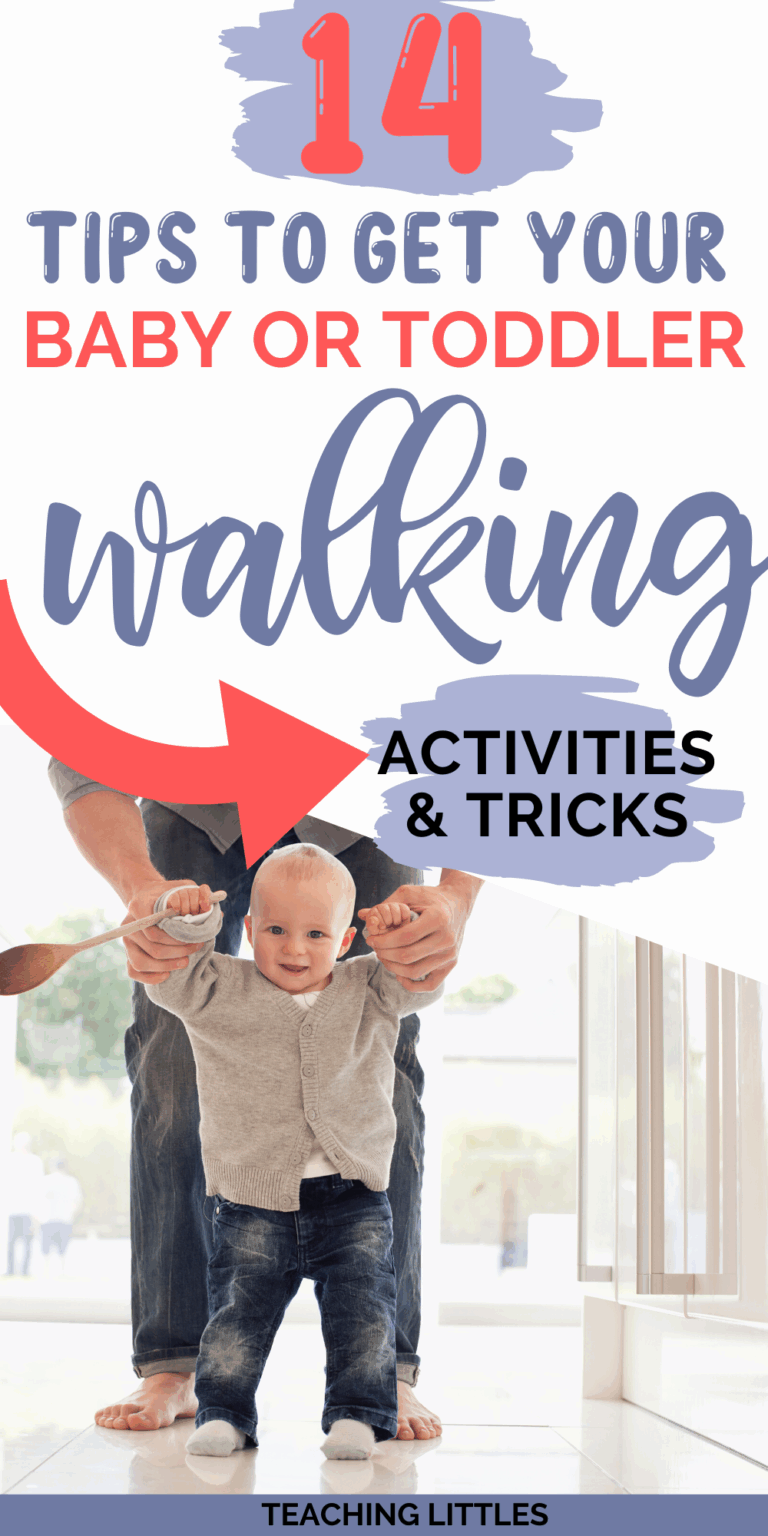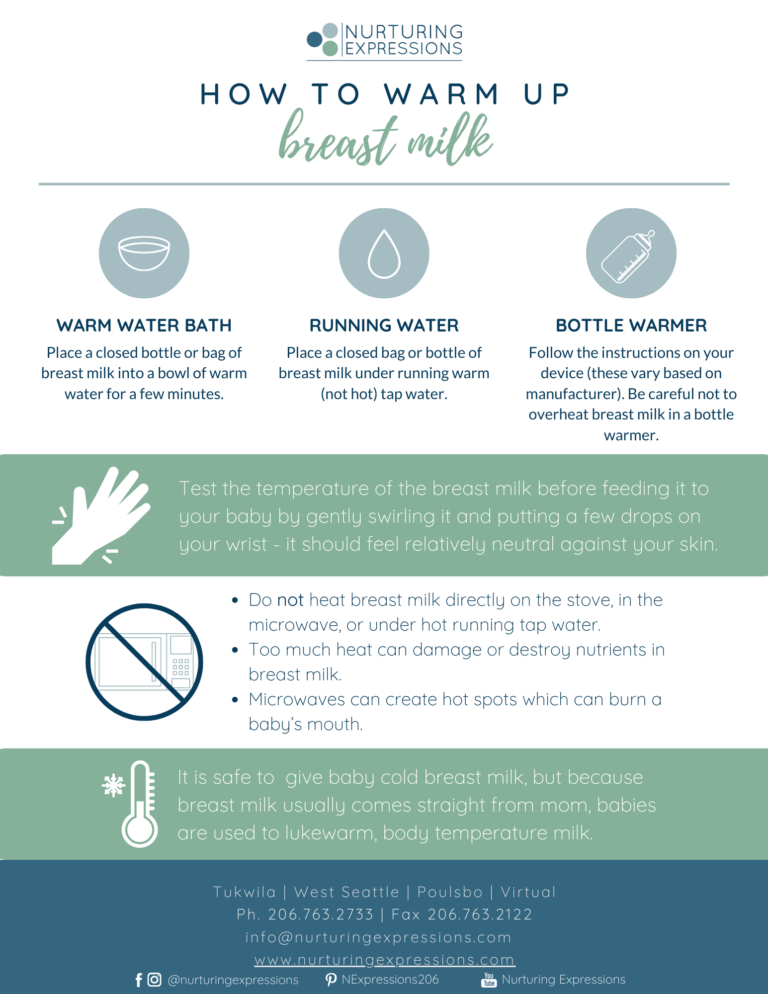How To Calm A Baby Down: A Comprehensive Guide
Welcoming a new baby into the world is a joyous occasion, but it can also come with its fair share of challenges. One of the most common struggles that new parents face is trying to calm a fussy or crying baby. If you find yourself in this situation, don’t worry – we’ve got you covered. In this article, we will explore everything you need to know about how to calm a baby down effectively.
Understanding Baby Cues
Before we dive into specific calming techniques, it’s essential to understand how babies communicate. Babies can’t use words to tell us what they need, so they rely on cues such as crying, facial expressions, and body movements. By paying attention to these cues, you can better understand your baby’s needs and respond accordingly.
Not all cries are the same. Babies have different cries to communicate different needs. Some common types of cries include hunger, tiredness, discomfort, or overstimulation. By learning to distinguish between these cries, you can better address your baby’s needs.
When your baby is crying, it’s essential to stay calm and composed. Your baby can pick up on your emotions, so try to create a soothing environment. You can try techniques such as rocking, swaddling, gentle shushing, or offering a pacifier to help calm your baby down.
Creating a Calming Routine
Consistency is key when it comes to calming a baby. Establishing a calming routine can help signal to your baby that it’s time to relax and unwind. This routine can include activities such as a warm bath, gentle massage, or reading a bedtime story. Over time, your baby will come to associate these activities with relaxation and comfort.
Many babies find comfort in soothing sounds or music. You can try playing white noise, nature sounds, or lullabies to help calm your baby down. The rhythmic sounds can mimic the familiar sounds of the womb and create a calming environment for your little one.
Physical touch is incredibly important for babies. Skin-to-skin contact can help regulate your baby’s body temperature, heart rate, and breathing. Holding your baby close, cuddling, or gentle massage can all help create a strong bond between you and your little one.
Conclusion
In conclusion, knowing how to calm a baby down is an essential skill for any parent. By understanding your baby’s cues, establishing a calming routine, and using soothing techniques, you can help your baby feel safe, secure, and loved. Remember, every baby is unique, so don’t be afraid to try different techniques to see what works best for your little one.
Overall, the target audience for this article is new parents or caregivers looking for effective ways to calm a fussy baby. By following the tips and techniques outlined in this article, you can help create a peaceful and nurturing environment for your baby.
As you navigate the ups and downs of parenthood, remember that it’s okay to seek help and support when needed. Taking care of yourself is just as important as taking care of your baby. By staying patient, loving, and attentive, you can create a strong bond with your baby that will last a lifetime.






